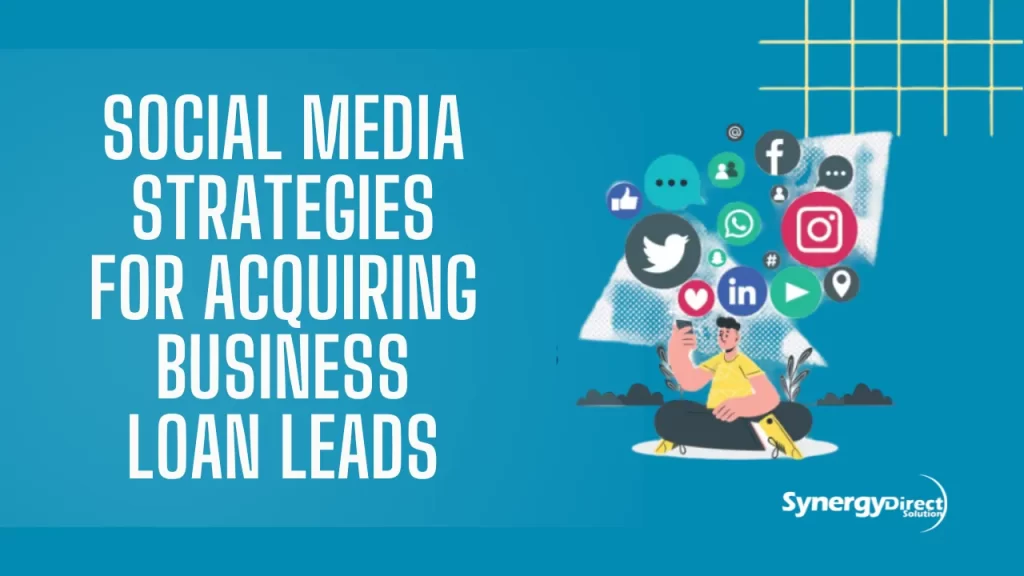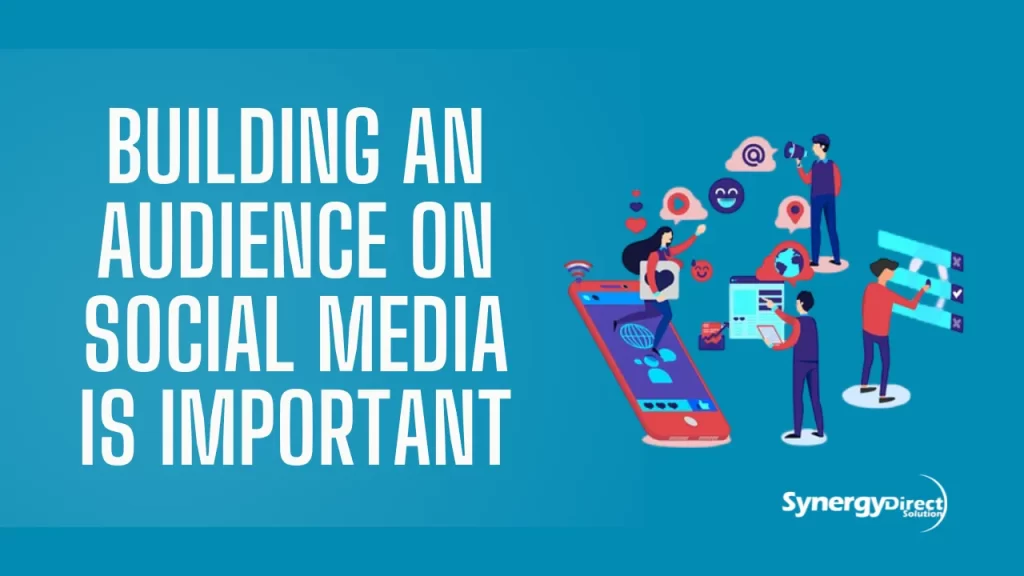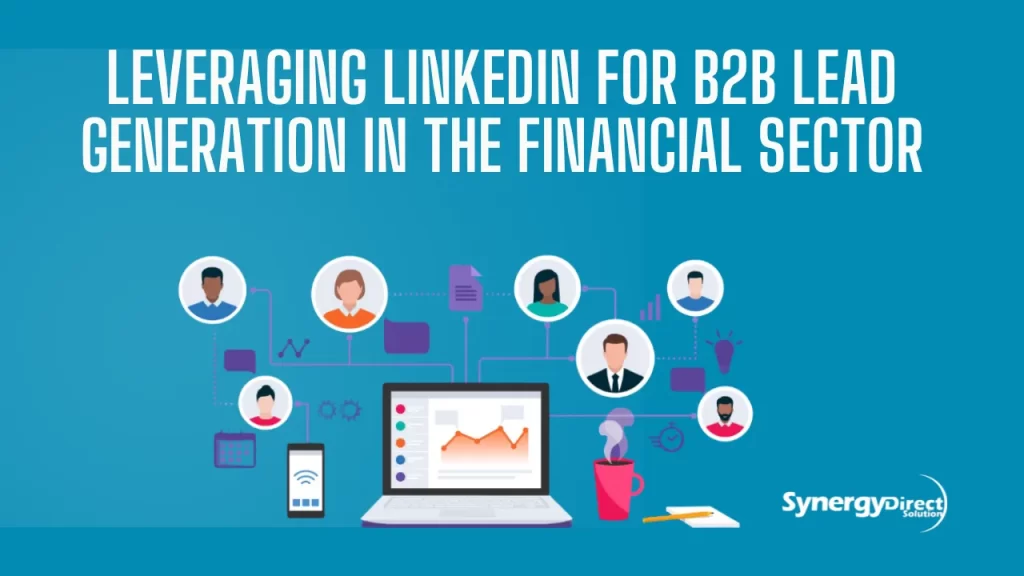Social Media Strategies for Acquiring Business Loan Leads
In today’s digital age, social media has become an essential tool for businesses to acquire leads, including those seeking business loans. Whether you’re a financial institution, a lending company, or an independent advisor, leveraging social media platforms like Facebook, LinkedIn, Twitter, and Instagram can significantly enhance your lead generation efforts. These platforms offer unique opportunities to target specific demographics, engage with potential customers, and create trust with prospects who are considering business loans.
This article delves into Social Media Strategies for Business Loan Leads that can help you acquire business loan leads, build a strong online presence, and convert prospects into clients. We’ll explore how to use various social media channels, content marketing, engagement tactics, and advertising to drive high-quality leads to your business loan offerings.

Identifying the most effective social media platforms for targeting business owners
When targeting business owners, it’s essential to focus on social media platforms that cater to professional networks and entrepreneurial communities. LinkedIn is arguably the most effective platform for reaching business owners, as it is specifically designed for professional networking, B2B marketing, and thought leadership.
Business owners often use LinkedIn to connect with peers, share industry insights, and discover new opportunities. Facebook also offers powerful targeting options for business owners through its robust advertising platform, allowing you to reach users based on their job titles, industries, and business interests.
Twitter can be valuable for engaging in real-time conversations about industry trends and offering quick solutions, while Instagram is effective for showcasing your brand visually, especially if you’re targeting small business owners in creative or consumer-focused industries.
Additionally, platforms like YouTube can serve as an excellent medium for educational content, offering tutorials, case studies, and success stories that resonate with business owners looking for solutions or inspiration. By leveraging the right combination of these platforms, you can effectively reach and engage with your target audience.
Why Building an Audience On Social Media Is Important?
Building an audience on social media is crucial for establishing a strong online presence and fostering long-term business success. A dedicated and engaged audience provides a steady stream of potential customers, brand advocates, and valuable insights that can drive business growth.
By consistently interacting with your audience, you build trust and credibility, which are essential for converting followers into loyal clients. Social media also allows businesses to humanize their brand, creating deeper connections with their audience and positioning themselves as a thought leader in their industry.
An engaged audience can offer feedback, share content, and refer others, amplifying your reach organically. Moreover, having a robust social media following enables businesses to create targeted marketing campaigns, leveraging demographic data to ensure your message reaches the right people at the right time. Ultimately, building an audience on social media is an investment that can lead to increased brand awareness, customer retention, and business success.

How Can Social Media Help In Free Business Financing Lead Generation ?
Social media can be a powerful tool for generating free business financing leads by leveraging its vast reach, engagement capabilities, and targeted marketing options. Here’s how it can help:
- Organic Reach and Content Sharing: By consistently sharing valuable content like educational articles, infographics, and success stories, businesses can attract interest from entrepreneurs or business owners seeking financing. Engaging content that resonates with your target audience can go viral, resulting in free exposure and lead generation without the need for paid ads.
- Building Trust and Authority: Regularly posting insightful content on topics like business loans, financing options, and loan application tips helps establish your brand as an authority in the industry. As you provide value to your followers, they are more likely to reach out when they need financing, and they may also refer others who are looking for the same services.
- Engagement and Direct Communication: Social media allows businesses to interact directly with their audience through comments, direct messages, and replies. These real-time interactions help establish trust and build relationships, which are essential for converting followers into leads. Answering questions and offering personalized advice can position your brand as a trusted advisor.
- Leveraging Social Groups and Communities: Platforms like Facebook, LinkedIn, and Reddit host active groups and forums where entrepreneurs and business owners frequently discuss financing needs. By joining and contributing to these groups, offering advice, and answering questions, businesses can identify prospects who are in need of financing.
- Utilizing Hashtags and Trends: Using relevant hashtags on platforms like Twitter, Instagram, or LinkedIn can increase the visibility of your posts. By tapping into trending topics or industry-related hashtags, you can reach a broader audience without spending money on ads, making it easier to generate leads organically.
- Referral and Word-of-Mouth Marketing: Social media makes it easy for satisfied clients or followers to share your content with their networks. This form of word-of-mouth marketing is highly effective in lead generation as it comes with built-in credibility. Encouraging customers to share their experiences or recommend your services can help attract new leads at no cost.
By combining these strategies, businesses can effectively use social media to generate free leads for financing, all while building a stronger online presence and fostering meaningful relationships with potential clients.
Best Social Media Platforms for Lead Generation
When it comes to generating high-quality leads, choosing the right social media platforms is crucial for success.
LinkedIn stands out as the top platform for B2B lead generation, offering precise targeting options that allow businesses to connect directly with decision-makers, entrepreneurs, and professionals.
Facebook is another powerful platform, thanks to its massive user base and advanced advertising tools, including Lead Ads and retargeting features that can effectively capture business loan inquiries.
Instagram excels in visual storytelling and is ideal for showcasing client success stories, educational content, and brand credibility, particularly among younger business owners and creative professionals.
YouTube provides long-form video content that builds trust and demonstrates expertise, making it perfect for explaining financial services and guiding potential clients through the loan process.
Twitter supports real-time engagement and is useful for sharing quick insights, industry trends, and connecting with niche communities. Meanwhile,
TikTok is emerging as a valuable space for reaching younger entrepreneurs with short, educational videos that simplify complex financial concepts. Each platform offers unique tools and opportunities, and a strategic mix of two or more can significantly enhance your lead generation results.
Leveraging LinkedIn for B2B Lead Generation in the Financial Sector
LinkedIn is a powerful platform for B2B lead generation, especially in the financial sector, where trust, credibility, and professional relationships are key drivers of conversion. With over 1 billion users—many of them decision-makers, business owners, and financial professionals—LinkedIn provides a highly targeted environment to connect with your ideal audience. For companies offering business loans or other financial services, LinkedIn allows you to position your brand as an industry expert while directly engaging with potential clients in a professional setting.
One of the most effective strategies on LinkedIn is using content marketing to build authority. Posting regular, value-driven content such as financial tips, loan application guides, client success stories, and market updates can attract the attention of business owners seeking funding. This content not only educates your audience but also demonstrates your expertise, increasing the likelihood that they will reach out when they’re ready to make financial decisions. Articles, long-form posts, and LinkedIn Newsletters can further establish thought leadership and keep your business top-of-mind among prospects.
Additionally, LinkedIn Ads and Lead Gen Forms are essential tools for capturing high-quality leads. Sponsored content and InMail campaigns can be highly targeted based on criteria like job title, industry, company size, or even groups they belong to. LinkedIn’s native Lead Gen Forms allow users to submit their information without leaving the platform, increasing the chance of conversion by reducing friction in the process. These tools make it easier to attract leads such as CFOs, startup founders, and small business owners—individuals likely to seek financial services.
Another effective tactic is network-based outreach. Sending personalized connection requests followed by tailored messages can start a dialogue that leads to business opportunities. LinkedIn Sales Navigator, a premium tool, further enhances this process by offering advanced search filters, lead tracking, and CRM integration—making it easier to manage prospects and follow up efficiently.
In the financial sector, where compliance and trust are paramount, LinkedIn provides the ideal setting to nurture relationships over time. Through consistent branding, expert content, strategic ads, and one-on-one outreach, financial service providers can use LinkedIn to build pipelines of qualified B2B leads and ultimately convert connections into clients.

Measuring and Analyzing the Success of Social Media Campaigns
Measuring and analyzing the success of social media campaigns is essential for understanding how well your marketing efforts are performing and for identifying areas of improvement. By tracking key performance indicators (KPIs) such as reach, engagement, click-through rate, conversion rate, and cost per lead, businesses can determine whether their campaigns are achieving desired outcomes.
Each social platform offers built-in analytics tools—like Facebook Insights, LinkedIn Analytics, and Instagram Insights—that provide valuable data on audience behavior and content performance. Additionally, integrating tools like Google Analytics allows you to track website traffic and conversions originating from social media.
This data helps marketers understand which strategies are working, which audiences are responding, and what content delivers the most value. Continuous monitoring and A/B testing can further refine future campaigns by revealing what headlines, visuals, and formats yield the best results. Ultimately, analyzing campaign performance ensures your social media efforts are data-driven, cost-effective, and aligned with your overall business goals.
Tracking Business Loan Leads for Effective Measurement
Tracking business loan leads is crucial for understanding the effectiveness of your marketing campaigns and ensuring that your efforts are translating into real results. By implementing a structured lead tracking system, such as using a CRM (Customer Relationship Management) tool, businesses can monitor each prospect’s journey—from initial contact on social media to final loan application.
This allows financial service providers to identify which social media platforms, content types, or paid ads are generating the highest quality leads. Incorporating UTM parameters into campaign links and analyzing performance through platforms like Google Analytics also offers detailed insights into where leads are coming from and how they interact with your website.
In addition, assigning scores to leads based on their behavior—such as clicks, form submissions, and content engagement—can help prioritize follow-ups and optimize conversion efforts. Ultimately, consistent and accurate tracking not only maximizes marketing ROI but also enables data-driven decisions that lead to better targeting, higher conversions, and more efficient business loan lead generation.
Conclusion
In conclusion, tracking business loan leads through structured systems and analytics is essential for optimizing your social media marketing efforts and ensuring consistent growth. By leveraging tools like CRM platforms, UTM tracking, and behavior-based lead scoring, businesses can pinpoint the most effective channels and strategies for reaching their ideal clients. This data-driven approach not only enhances lead quality and conversion rates but also ensures that resources are allocated efficiently. As competition in the digital financial landscape intensifies, accurate lead tracking becomes a cornerstone for sustained success, helping businesses adapt, refine, and scale their loan acquisition strategies effectively.
FAQS
1. What type of content works best for promoting business loans on social media?
The most effective content types for promoting business loans on social media include educational posts, customer testimonials, explainer videos, infographics, and live Q&A sessions. Educational content like “How to qualify for a business loan” or “Top reasons business loans get denied” helps build authority. Testimonials and case studies showcase real success stories that create social proof. Video content generally performs well on all platforms, especially when it simplifies financial jargon. Hosting live Q&A sessions can also boost engagement and position you as a trusted financial advisor.
2. How often should I post on social media to generate business loan leads?
For effective business loan lead generation, it’s ideal to post 3 to 5 times per week on platforms like LinkedIn and Facebook, while Twitter may require daily updates due to its fast-paced nature. Posting frequency should align with your audience’s activity patterns and platform-specific engagement trends. Quality matters more than quantity—focus on high-value, relevant content that drives interaction. Use scheduling tools like Buffer or Hootsuite to maintain consistency and analyze performance to adjust your posting schedule accordingly.
3. Can influencer marketing help generate business loan leads on social media?
Yes, influencer marketing can be an effective strategy, especially when working with micro-influencers in the finance or business niche. These influencers typically have highly engaged, niche-specific audiences who trust their recommendations. Partnering with credible finance bloggers, YouTube creators, or LinkedIn influencers to share financial advice, tools, or testimonials about your services can lead to increased visibility and qualified leads. Ensure compliance with financial advertising regulations when collaborating with influencers in the lending space.
4. How can I use social media retargeting for business loan campaigns?
Social media retargeting allows you to show ads to users who have previously interacted with your content, visited your website, or clicked on your business loan offerings. Platforms like Facebook and LinkedIn offer retargeting pixels that track user behavior and help re-engage warm leads. You can segment audiences based on actions—such as viewing a loan info page but not applying—and then deliver customized ads, like testimonials or limited-time offers, to drive conversions. This method increases the efficiency of your ad spend by focusing on interested users.
5. What compliance rules should I follow when advertising business loans on social media?
When promoting business loans on social media, you must adhere to financial advertising regulations such as Truth in Lending Act (TILA) in the U.S. This means all terms—interest rates, repayment conditions, fees, etc.—must be transparent and not misleading. Platforms may also have their own ad policies for financial services that require pre-approval or additional documentation. Always include clear disclaimers, avoid exaggerated claims, and ensure your messaging aligns with local laws to maintain trust and avoid penalties. effectively.
